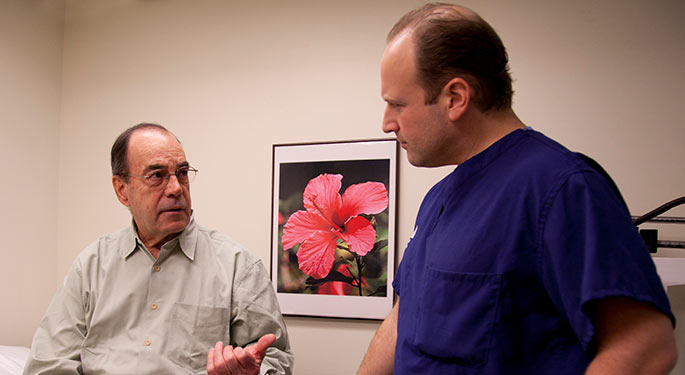Urinary Incontinence

Urinary incontinence is the inability to control the flow of urine (someone urinates a little or a lot when he or she does not want to). It is more common than you might think. According to the National Association for Continence, 25 million Americans suffer from overactive bladder and more than half experience severe symptoms. There are a number of causes of urinary incontinence and voiding dysfunction with highly effective treatment options.
Women experience urinary incontinence more than twice as often as men. Pregnancy, childbirth, menopause, and the female anatomy account for this difference. In addition, women can be affected by the same neurological conditions that cause incontinence as men. Women can suffer from both stress or urge incontinence (or a combination of both, referred to as mixed incontinence).
The first step to treating urinary incontinence and voiding dysfunction is to seek medical assistance. Unfortunately, two-thirds of men and women ages 30 to 70 have never discussed bladder health with their doctor. Men are also less likely to talk about it with friends and family and are more likely to be uninformed.
Post-Prostatectomy Incontinence
Almost half of men who undergo a robotic prostate surgery experience incontinence after surgery. This is due to damage of the urinary sphincter muscle, which becomes too weak to function adequately. For most men, this condition resolves quickly (within six months), but for others it persists beyond a year. Fortunately, there are effective treatments available.